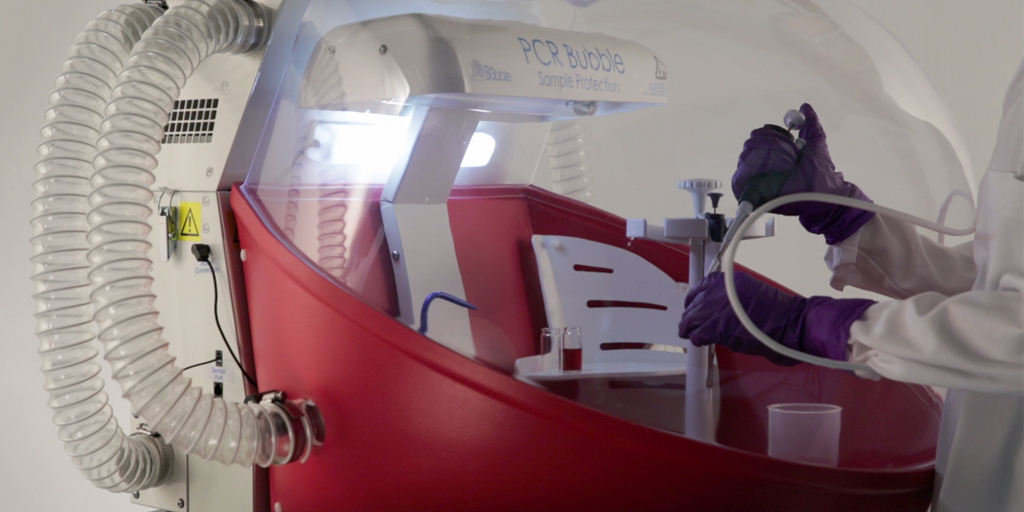What is Meant by Fume Hoods?
If you are new to scientific materials but need to work with them, you have to dig deep and understand about different parts of a laboratory. Among these different parts are fume hoods. Laboratory fume hoods are systems that pull out vapours, dust, fumes, aerosols, and mist from within the laboratory. The hoods also act as barriers between specific chemical reactions and the student/technician/scientist, protecting against chemical spills, lab fires, the inhaling of harmful fumes, etc. Merely put, fume hoods are ventilation enclosures that get rid of gases and vapours. The exhaust located at the top of a fume hood draws in air, releases fumes into the connected ventilation openings, and leads them out of the laboratory.
Types of Fume Hoods
Portable fume hoods are available in a variety of choices, depending on your lab use and the manufacturers. Some common types of fume hoods are:
Distillation Fume Hoods: These ventilation hoods are large and have height; this allows for the installation of large equipment for distillation inside the chamber.
Radioisotope Fume Hoods: These hoods or ventilation chambers are suitable for technicians and lab handlers who work with radioactive materials. They use radioisotope fume hoods to shield themselves against the effects of radiation. These structures are exclusively designed for radioactive materials. The interior consists of a stainless steel coating, which helps when decontaminating.
Acid Digestion Fume Hoods: Acid digestion fume hoods have unique material lining like un-plasticized PVC for acid resistance. At the same time, the sashes are made of polycarbonate material that resists corrosion in case of an acid spill or exposure.
Other types of laboratory fume hoods: Other types of fume hoods include structures made from activated carbon for absorbing chemical fumes, vapours, and benchtop hoods designed to protect against all types of fumes in a laboratory.
The Correct Way to Using a Fume Hood
Here is an informative list to keep in mind when using a fume hood.
- Perform all work related to the handling of hazardous materials and other volatile substances inside the hood
- Make it a habit to check the hood before using it to determine the correct airflow Use paper, a handkerchief or tape on the frame to determine if the airflow is correct or not
- Prevent air currents or drafts near the hood and close all the windows and doors to avoid accidents
- Work at a distance of at least 15 cm from the location of the portable fume hood and use the shutter as a screen when working with reactive chemicals
- Make sure all materials are in a sealed container when not using the fume hood
- Connect all wires and electronic equipment outside of the hood to avoid sparks that could ignite combustible materials
- Prepare an action plan against power outages and other emergencies when using harmful chemicals or acidic materials
Don’ts of Using Fume Hoods
- Do not put your head inside the ventilation hood and always keep your hands protected.
- Do not use the fume hood area for storing items; it is only intended for working with volumes of chemicals.
- Do not place anything that prevents the sash from closing and never place items inside the fume hood for any storage.
- Do not overload or clutter the hood under any circumstances, as this will lead to the formation of dead spots and turbulences. Dead spots result in reverse vapour flow from the hood and exposure.
- Do not place spark boards and any other spark-producing item inside a portable fume hood.

